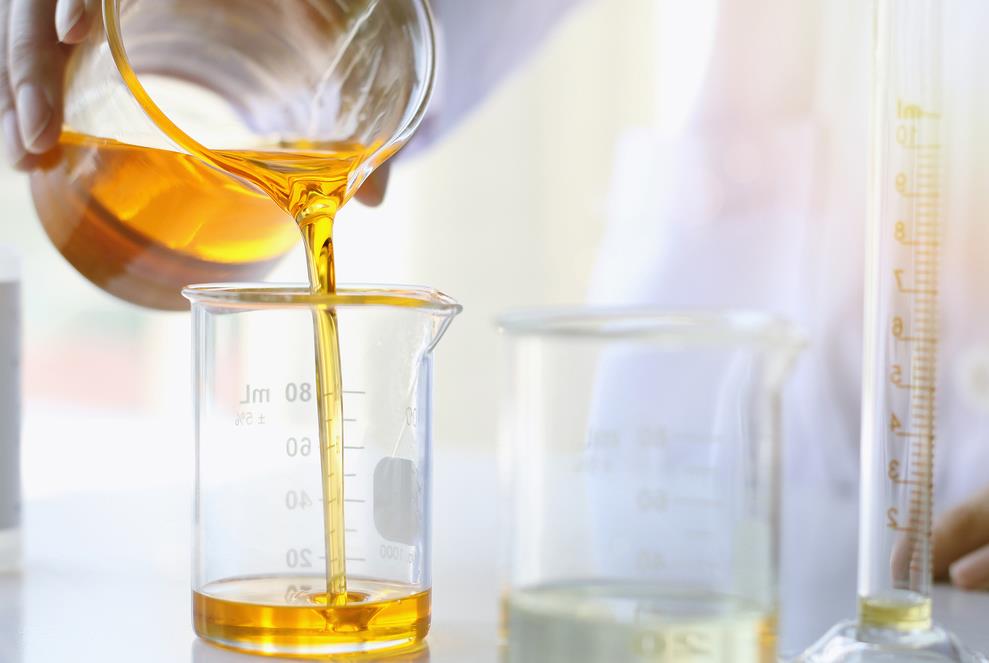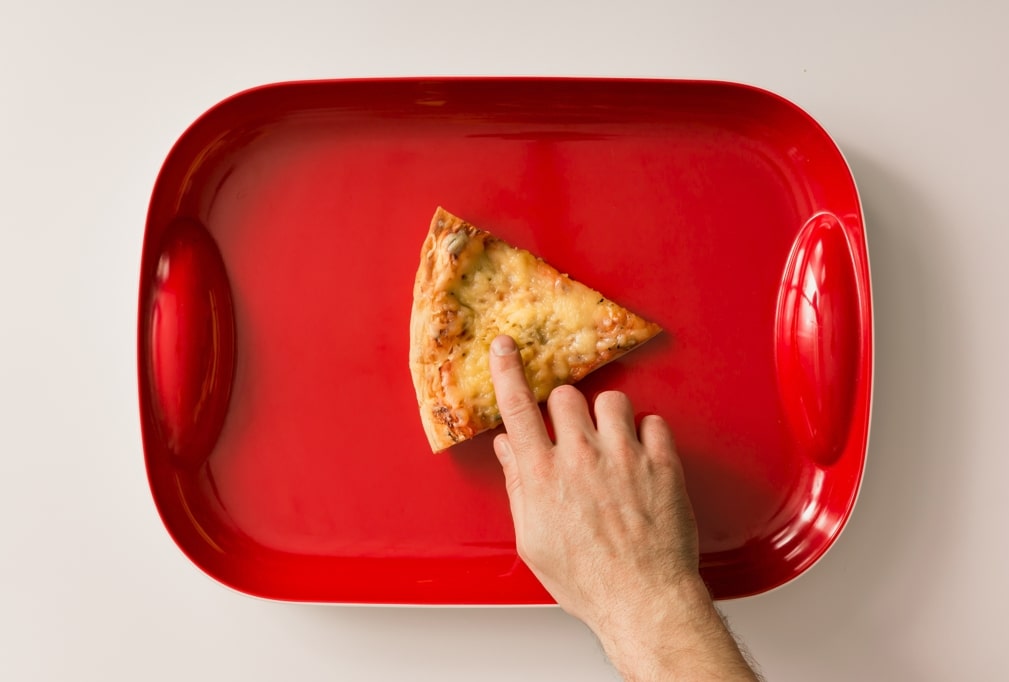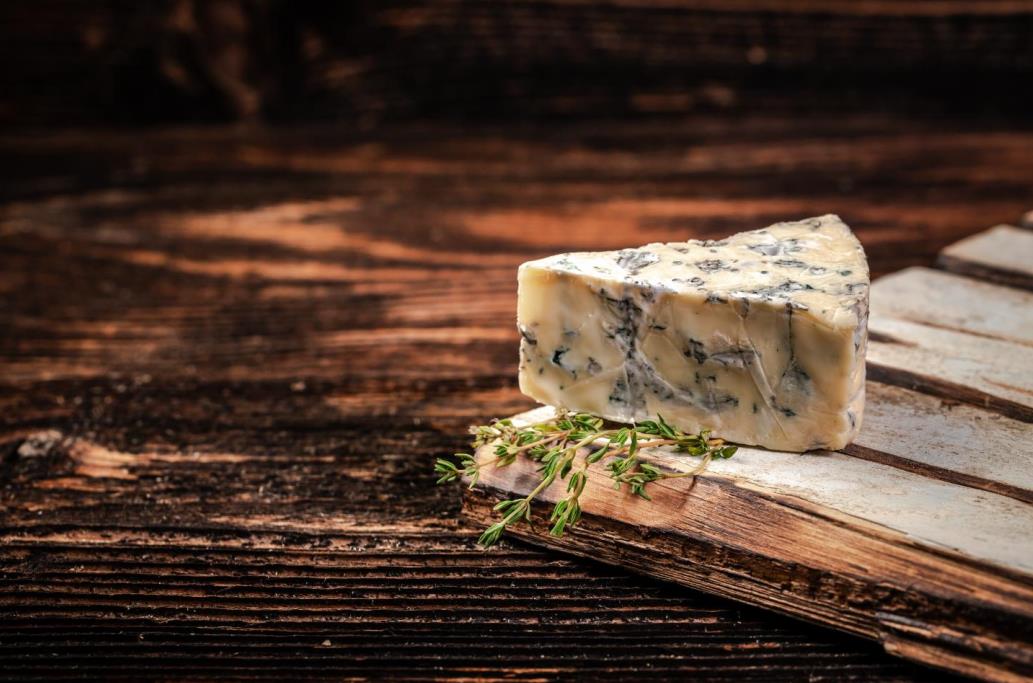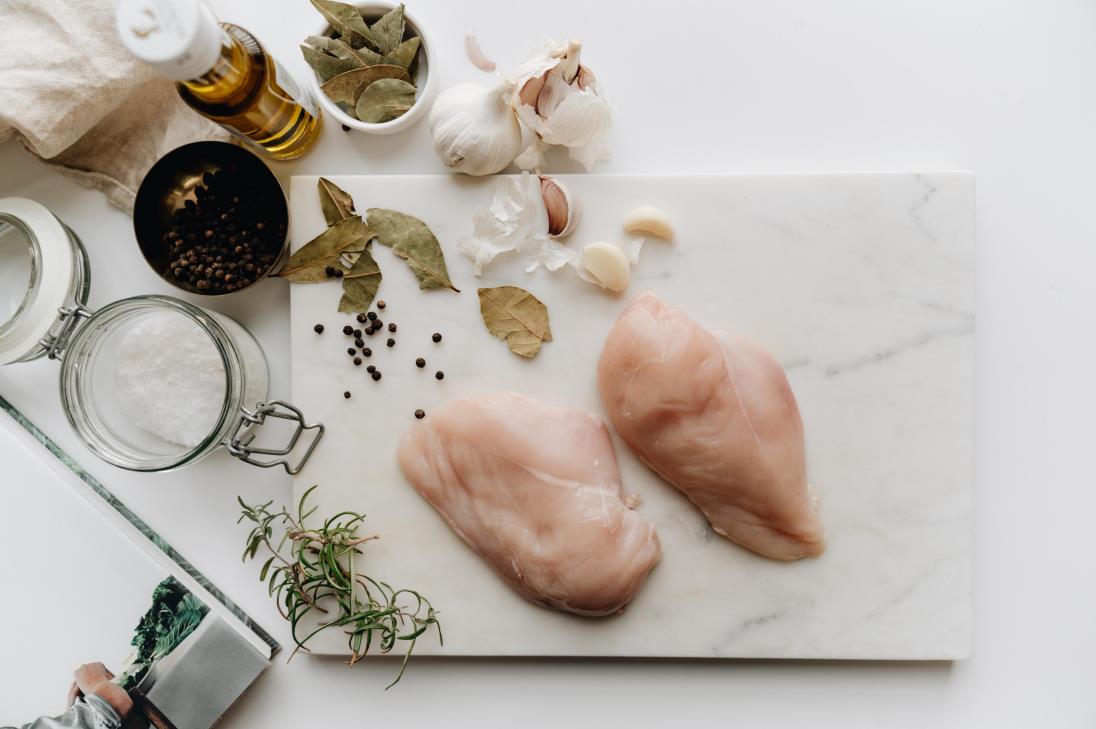From plastic to bamboo, there are so many options for a simple cutting board. One material that doesn’t quite get enough attention is birch wood. If you are wood-passionate, you probably know birch wood as that highly flammable, light tan material. But is birch good for cutting boards?
Birch wood makes excellent cutting boards. The wood has the required hardness levels for a cutting board material, meaning it can withstand the wear and tear of cutting and chopping and is still soft enough that it won’t dull your kitchen knives. Birch is also highly antimicrobial; thus, it won’t harbor bacteria and other pathogens that can make you sick.
However, it’s not as moisture-resistant as other woods, a drawback that makes it less popular. To better understand how good birch is for cutting boards, it pays to look at its properties in more detail. This article will cover all there is about birch wood and its suitability as a cutting board material.
Table of contents
What is birch wood?
Birch is a deciduous hardwood tree of the genus Betula and family Betulaceae. Most birch species are shrub-like and found in temperate regions of the Northern Hemisphere, in particular, areas with temperate and boreal climates, from North America, Europe, and Asia.
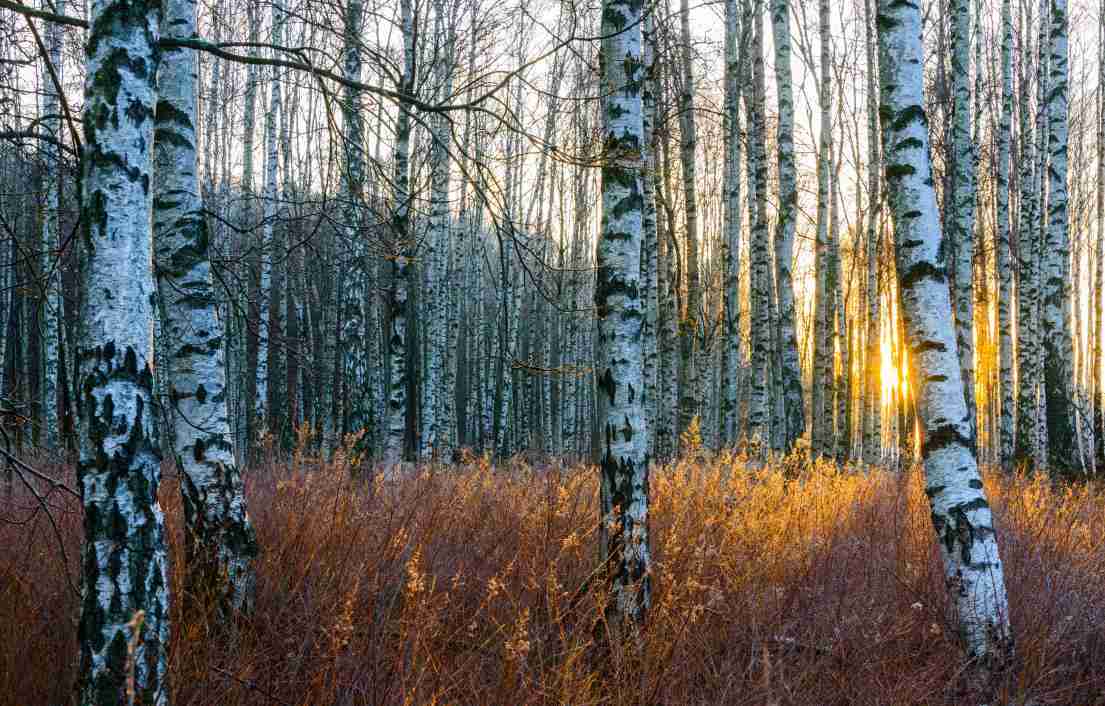
This relatively short-lived tree is mostly light tan and is known for its abundant growth. It proliferates in the right conditions, making it a renewable and sustainable resource. Best known for its strength and durability, as well as its light color and fine grain, birch wood is a sought-after choice for furniture and decorative works.
Birch wood characteristics
Any wood is only as good as its characteristics. Therefore, it is important to understand the properties of birch wood before you decide if it is suitable for cutting boards. But first, let’s look at some common variations of this tree.
Birch wood variations
The genus Betula includes around 40 species. Although they are all from the same family, some varieties of birch wood differ significantly in critical aspects like hardness levels, color, grain strictures, density, and decay resistance, among other traits.
Common birch wood variations include
- Paper birch
- Yellow birch
- Sweet birch
- River birch
- Chinese red birch
Most woodworkers prefer the first three varieties; paper birch, yellow birch, and sweet birch. Below is a brief overview of each:
Handpicked for you
True cutting power in the palm of your hand
Paper birch
Paper birch or Betula papyrifera is one of the most popular varieties due to its economic and structural characteristics. This type of birch wood has a reddish brown heartwood and creamy-colored sapwood, with a medium to fine texture and straight grain. The wood’s low natural luster gives it a natural matte finish.
With a Janka hardness rating of 910lbf, paper birch falls in the medium range of hardness in comparison to other species. The wood will fairly hold up to the wear and tear of cutting, chopping, and slicing and won’t damage your kitchen knives.
Yellow birch
Mostly referred to as ‘hard birch’ or ‘silver birch,’ yellow birch is one of the most popular varieties. Its scientific name is Betula alleghaniensis, and it is usually found in the Northeastern parts of the US. Like paper birch, yellow birch has reddish-brown heartwood and creamy white sapwood. The grain can be straight or wavy, and the texture fine and uniform.
On the hardness scale, yellow birch stands out with a Janka rating of 1260lbf. While it is harder than paper birch, it falls within the accepted range for wood-cutting boards. Usually, anything below 900lbf is too soft for the purpose, but beyond 1,500lbf and the wood becomes too hard for your kitchen knives. Therefore, yellow birch is an excellent option for cutting boards.
Sweet birch
Sweet birch, scientifically identified as Betula lenta, is another common birch species. Also known as black birch, red birch, or cherry birch, it’s best known for its sap oil used to make wintergreen oil and is sometimes referred to as the ‘oil of sweet birch.’ However, the wood itself is also quite impressive.
It has hard closed-grain heartwood with a reddish-brown color and almost white sapwood. You may confuse it with the yellow birch, but its colors are much more profound. The texture is fine, and the grain is usually straight or wavy.
A 1,470lbf Janka rating puts it in the same class as yellow birch. However, it’s much harder, with a 30lbf difference from the standard 1,500lbf for cutting boards. While most people don’t consider this a huge difference, use caution when using knives with sweet birch boards.
Birch wood characteristics
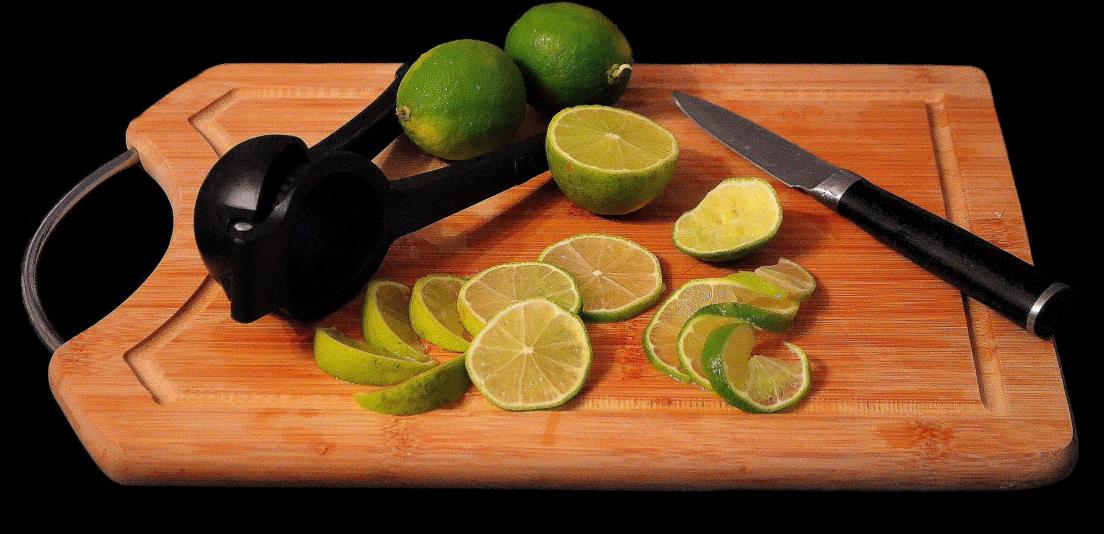
While the tree has varied species, the wood has a few common characteristics. Most varieties of birch wood are lightweight, with a low shrinkage rate and good dimensional stability. Below are other essential traits of birch wood:
- Hardness: As explained, birch wood falls within the medium range of hardness. On the Janka scale, paper, yellow, and sweet birch have 910lbf, 1260lbf, and 1,470lbf ratings, respectively. As such, they both offer enough durability while still protecting your kitchen knives.
- Moisture resistance: Unfortunately, birch wood does not have good moisture resistance. When exposed to atmospheric humidity, the wood expands and contracts, which may eventually cause cracking and warping. Therefore, treat it regularly with food-grade mineral oil to ensure it lasts longer.
- Resistance to decay: Birch wood will decay when exposed to conditions that promote rot, like humid environments or prolonged contact with water. Avoid leaving the board submerged in water for too long, and clean it thoroughly and dry it after each use.
- Food safety: Birch wood is non-toxic and safe for food contact. It also has strong antimicrobial properties, making it a safe surface for cutting food.
- Aesthetics: Birch wood features straight and sometimes wavy grain patterns, which makes it an appealing addition to any kitchen. The sapwood offers an attractive contrast to the reddish-brown heartwood, and the wood can easily be stained to match your kitchen décor.
Is birch good for cutting boards?
Taking everything into account, birch tree species are excellent options for cutting boards. However, they have some drawbacks that make them not-so-popular alternatives to woods like acacia.
Here is a list of the advantages and disadvantages of birch-wood cutting boards to help you decide if it’s the material for you.
Advantages
- Birch wood stains and polishes well and is easy to keep clean.
- It has a smooth surface that makes it easier to work with blades without worrying about dulling them.
- Birch is a lightweight wood, making it easier to store and transport than heavier options.
- It is hard and durable, meaning it will last a long time if maintained properly.
- Birch is not toxic and also has antimicrobial properties.
Disadvantages
- Birch is not as resistant to moisture and heat changes as some other woods
- The wood isn’t rot-resistant; thus, it won’t last as long in wet environments.
- It is not quite as hard and durable as some other woods.
How to select a cutting board for your kitchen

The most important decision you can make when choosing a cutting board for your kitchen is the board’s material. Wood, mainly hardwood, is the most popular choice for chefs. Options like acacia, teak, and oak have long been kitchen staples.
Other features to look out for include:
- Size of the board: You want a cutting board that fits comfortably into your kitchen. Take note of the length, width, and thickness. Ideally, you want a large board to accommodate everything you’ll be cutting but not so big that it takes up too much space or is challenging to move.
- Durability: A good cutting board will stand up to years of use. Look for boards made from strong, durable materials like acacia wood. Avoid plastic boards because they develop nicks, grooves, and cuts over time.
- Maintainability: Cutting boards require regular maintenance. You want a board that is easy to maintain and keep clean. For example, some woods may require regular oiling, while others can be washed with soap and water.
- Price: While you want a quality cutting board, you don’t have to spend a fortune. Look for ones that offer good value for your money. Does it provide long-term durability and good performance?
Closing thoughts
Birch wood isn’t the most moisture-resistant wood but still a good option for making cutting boards. The wood is attractive and has the required Janka hardness levels to survive the wear and tear of cutting and slicing. Your knives will remain sharp, and since it is non-toxic, you can be sure that your food will stay safe.
Talking of kitchen knives, HDMD Knives is a leading brand that offers a wide selection of high-quality, high-carbon professional-grade handmade kitchen knives. Check out our store for available discounts and free shipping for orders within the US.







